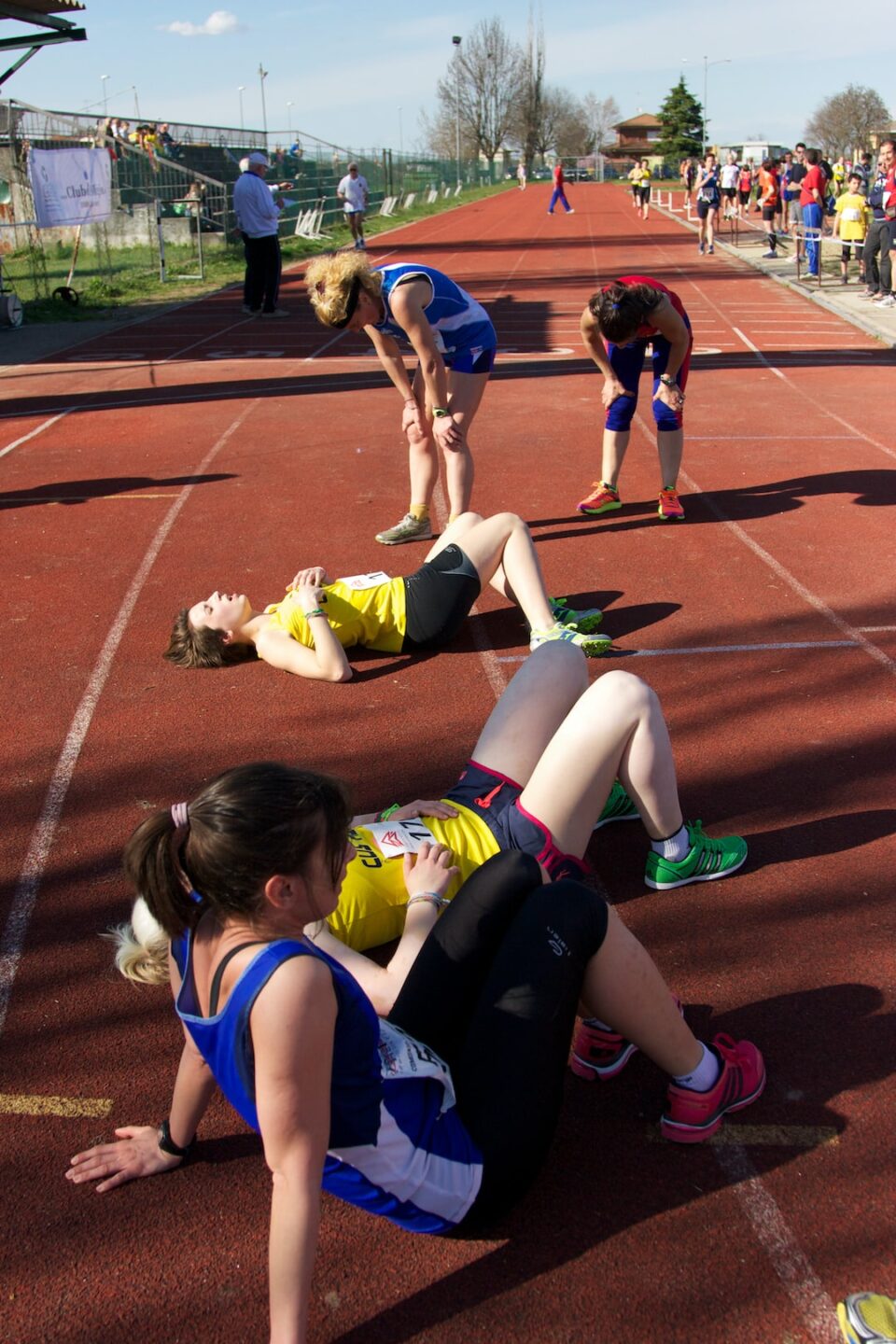Sprinting is a high-intensity skill on the body and requires specific techniques and drills to maximize speed. Sprinting, at its core, is a series of complex movements that require specific training to improve physical strength, agility, and flexibility. Whether you’re an athlete looking to improve your speed, or someone who wants to improve their health and fitness, mastering sprinting techniques and drills is an effective way to achieve these goals.
The following are some sprinting techniques designed to maximize your speed:
1. Proper Starting Technique: A good start can make a significant difference in sprinting. Starting efficiently involves getting into your starting position, pushing powerfully from your blocks, and then extending your body as you begin to sprint. Correct start technique is critical to achieving maximum speed.
2. Body Position: A sprinter’s body position is vital for maximizing speed. A good sprint position demands one to be in a forward-leaning posture, with the chest pushed out, back straight, shoulders relaxed and head looking down but not too low. This ensures maximum power transfer from the body to the ground.
3. Proper Arm Swing: A sprinter uses their arms while running to balance, drive the legs, and create more dynamic power. Proper arm swing techniques involve a 90-degree angle, with the arms swinging forward and backward without crossing your body. The arms must also swing in the same rhythm with the opposite leg.
4. Stride Frequency: The stride frequency refers to how fast you move your legs while running. The faster your leg movements, the more power it creates, and the faster you can run. Sprinters with high stride frequency have quicker and more significant strides.
5. Stride Length: Stride length refers to how much ground you cover per stride. Longer strides covering more distance means covering more ground with fewer steps. However, to attain optimal stride length, a sprinter must maintain proper body position, arm swing and maximize their stride frequency.
Drills have the same essential value in sprinting as techniques. The more the sprinting drills, the more efficient technique a sprinter develops, and this, in turn, can help achieve maximum speed. The following are some drills designed for sprinters to maximize speed:
1. Short Sprints: Sprinters can perform short sprint lengths, a commonly used drill to improve speed endurance, and maximum velocity. Sprinting over 50m or less can be performed with full recovery periods to give the muscles time to recover before another sprint.
2. Plyometrics: Plyometrics drills are designed to increase elasticity, power, and coordination required for sprinting. It involves jumping exercises like box jumps, hurdle hops, jumping squats or walking lunges, and lunges with jumps.
3. Hill Sprints: Hill Sprints help a sprinter develop muscle strength, power and running techniques necessary to sprint at maximum speed. Training on a slope provides resistance, strengthening the legs and offering maximum power to sprint on flat surfaces.
4. Running Drills: Running drills such as high knees, skipping, strides or butt kicks improve the sprinter’s technique, run form, and leg coordination.
Maximizing your speed in sprinting is a continuous process of perfecting techniques and drills that build on the athlete’s power, speed, strength and endurance. It is worth building a sprinting training program, including these techniques and drills, to continuously improve sprinting performance, while redirecting one’s focus to a wider health and fitness-oriented lifestyle.


